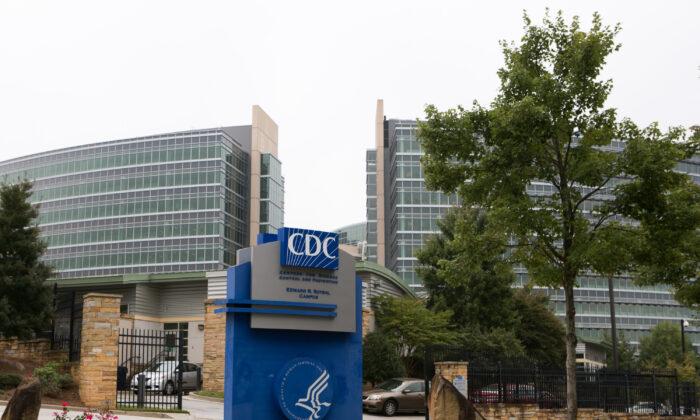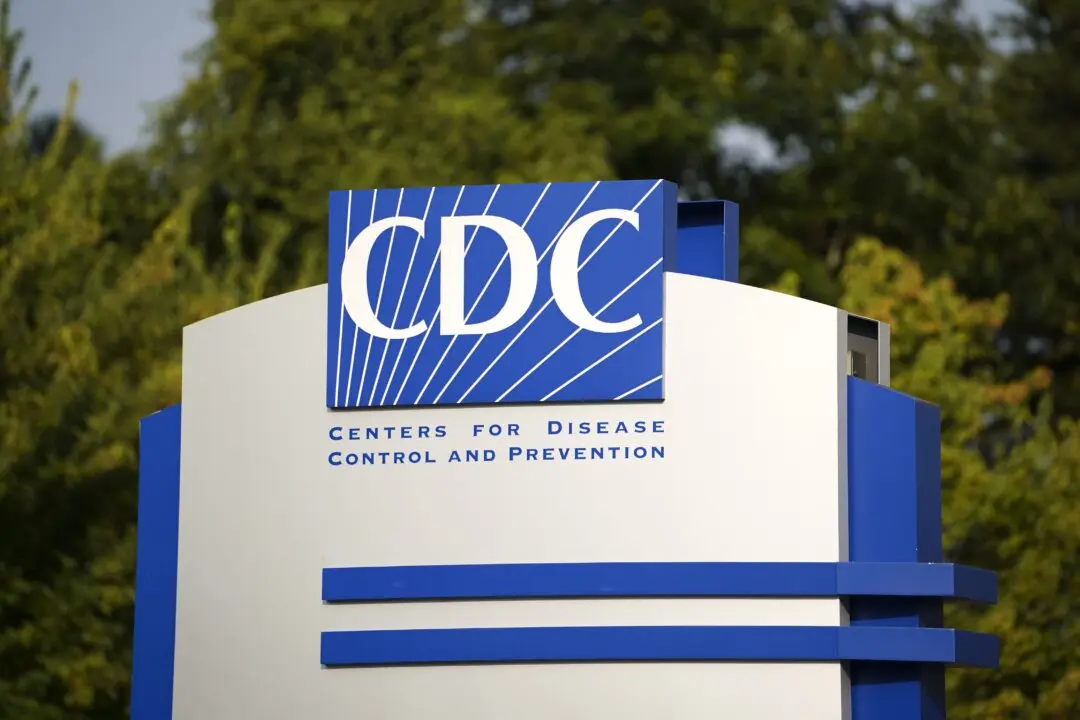The U.S. government overcounts COVID-19 hospitalizations, according to officials with the Centers for Disease Control and Prevention (CDC), but the agency suggested that it doesn’t overcount deaths.
The types are hospitalization because of COVID-19, because of a non-COVID condition “that was likely made worse” by COVID-19, and because of non-COVID reasons after testing positive for COVID-19. The latter is known as an incidental hospitalization.
Experts are increasingly warning against putting forth numbers that include incidental hospitalizations, or hospitalization “with” COVID-19 as opposed to “for” COVID-19. They say that separating the incidental hospitalizations will improve the accuracy of numbers and help the public better understand the current state of the COVID-19 pandemic.
“I think that’s becoming increasingly important as we move into an era where these variants are clearly more infectious and cause more asymptomatic disease,” Dr. Cody Meissner, professor of pediatrics and medicine at Dartmouth College’s Geisel School of Medicine, said during a recent meeting.
The CDC does make the distinction in some of its studies, including papers analyzing data from COVID-NET, a CDC surveillance system that includes hospitals in 98 counties across 13 states.
Death Data
While the hospitalization data is an overcount, the CDC is insisting that its COVID-19 death count is largely accurate.“COVID-19 death data are tracked differently—they include only the deaths in which COVID-19 played a meaningful role,” the CDC said in its statement.
The agency claimed that most COVID-19 deaths were people who had COVID-19 listed as the primary or secondary cause on their death certificates, noting that “people who happen to have COVID-19 at the time of their death but it is unrelated to their death—for example, someone who dies in a car accident—should not have COVID-19 listed on their death certificates.”
“The reason for this difference is the recognition of the importance of counting all COVID-19-associated deaths, including deaths that may occur after an at-home over the counter antigen SARS-CoV-2 result, if COVID-19 is felt to be a cause of or contributor to death by the healthcare provider certifying the death,” the council stated. “Current applied public health data suggest that these numbers of deaths identified through death certificates only, without accompanying confirmatory or presumptive laboratory evidence, are a low percentage of the total.”
Margery Smelkinson, an infectious diseases expert with the U.S. National Institute of Allergy and Infectious Diseases, was among those questioning the CDC’s statement.
“CDC concedes that their hosp data may be a mess but is emphatic that their deaths are totally accurate. Can you really have one without the other? If you incentivize testing, it'll get on death certificates,” she wrote on Twitter.
“The current CDC indicators vastly inflate the present risk to communities because they include all patients with positive COVID-19 cases, regardless of whether the hospitalization relates to or is caused by COVID-19. These metrics have resulted in, and will continue to result in, misinformed policy decisions at the state and local level; these policy decisions greatly affect individuals’ everyday lives,” the group stated through its lawyers. “We urge the CDC to reconsider and modify the present indicators to better reflect the actual risk posed to communities across the country.”
“Please see the latest information at www.cdc.gov/COVID-19,” wrote Angela Oliver, a CDC official.





